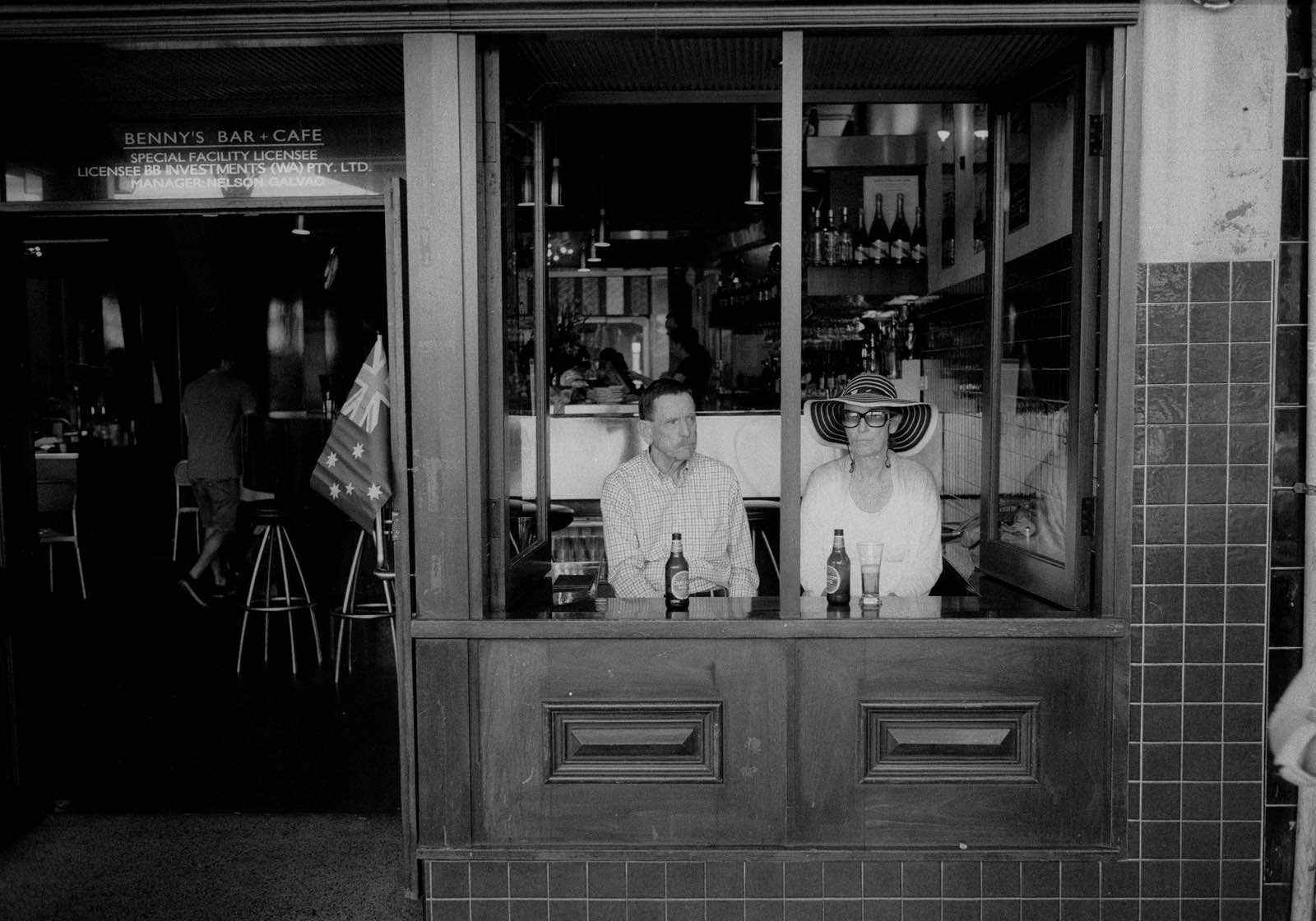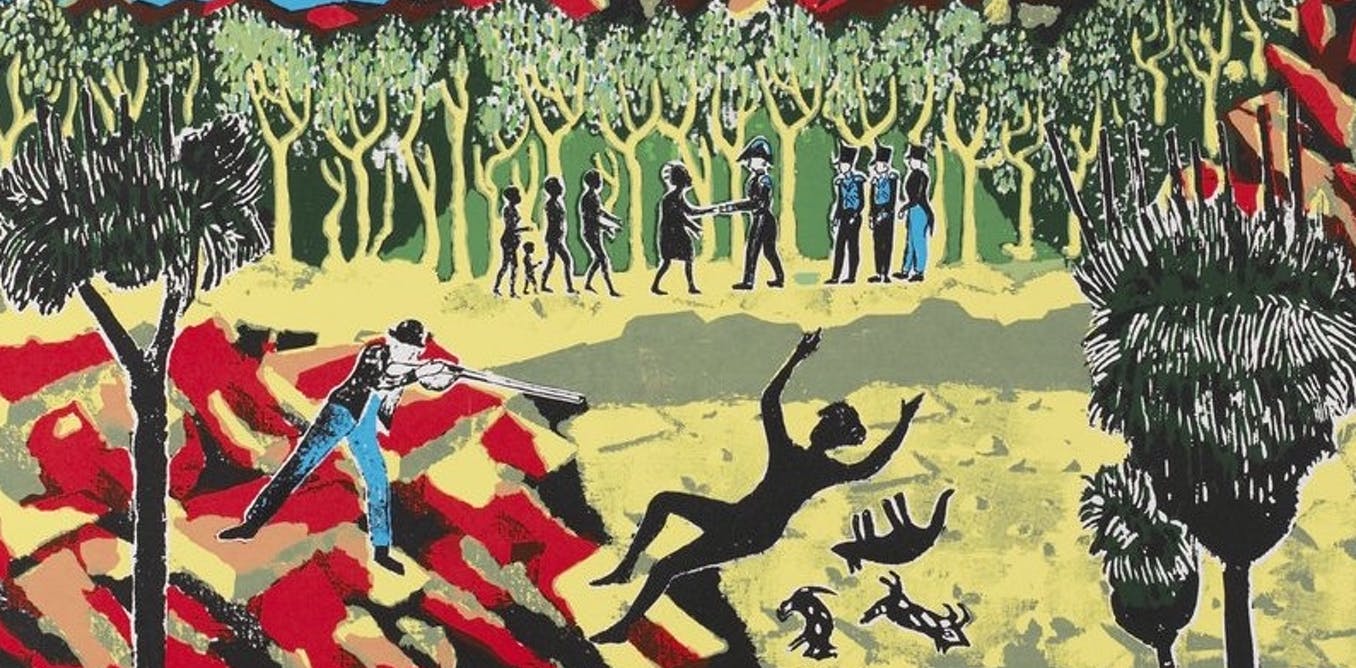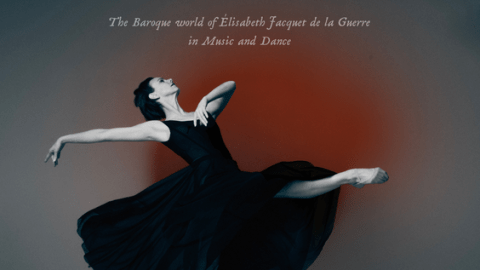and have kept fit, but we are now in our early to mid-nineties, frail and almost immobile; we face severe frailty and are telling family we want to die.
This, perhaps shocking, opening sentence sums up the situation of the three elderly women in this article. While we all know of people of this age and older who continue to live vital lives, many do not. The plight of this group and measures that might be taken in the future are the focus of this discussion.
Many baby-boomers in Fremantle are caring directly or indirectly for a parent in their advanced years. Government figures show that 2.1% of the Australian population is currently over 85 and this will approximately double by 2066.
This article is informed by three baby-boomers’ observations of the limited choices faced by their nonagenarian mothers. In this respect, it is a tiny glimpse amid what is a large research gap, for this is not about the ageing of baby-boomers for whom literature on ageing abounds (if you associate ageing with travelling, starting new hobbies, or with staying fit). Rather, this is about three women’s desire in extreme old age to end their lives and their limited options. Current laws require that these women and others like them have no choice but to experience the pain of slow psychological and physical decline, witnessed by their anguished families. Names have been changed and the article written anonymously for privacy reasons.

Lillian has always accepted her mortality and has been clear for years that she wants to die before decrepitude (loss of strength and frailty) sets in. In her mid-90s and very frail, this is now an increasingly urgent priority for her. She has been an avid reader, a doer of crosswords and a long-term walker, as well as working for and in the community. Being mentally competent and intelligent as well as having a stoic frame of mind, she has prepared for the end of her life by leaving no loose ends with which to burden her family. She chose to move into aged care thinking to take nothing other than a few clothes and a wash-bag. She didn’t intend to stay long.
While physically challenged, Lillian has no terminal illness and therefore no access to the government’s Voluntary Assisted Dying (VAD) program, though this is her one final wish, one she discussed frequently with doctors who, under the current rules, have been unable to help. According to the WA website, “voluntary assisted dying means that some adults can now ask for medical help to end their life if they have a disease or illness that is so severe it is going to cause their death and their suffering cannot be relieved in a manner tolerable to them.” Running out of strength, independence and dignity is insufficient cause, even when there is evidence of a long-held desire and clear consent to die.
Heading for 97 years, Belle has lived independently in her widowhood. Only six weeks ago, she rang and asked her chemist to deliver her injection for her early doctor’s appointment. She arrived and greeted each of the continuallyt changing staff by name. Another avid doer of crosswords, she was still playing badminton at eighty years. She has not wished to part with possessions, has not wanted to discuss end of life and refuses talk of aged care. She has been good with technology recording any tv programs she needs. Ageing in place, she ordered her meals and organised the carers (showering, shopping and cleaning).
But then Belle fell and, a week later, fell again. Though she broke nothing and did not need treatment, these falls changed everything. Two other falls (in her late 80s) resulted in broken bones, but after hospitalisation and respite she returned home. She disliked respite care intensely. Since the recent, milder falls Belle has had panic attacks, anxiety and fear in which she imagines she will be (or has been) locked up or taken against her will to hospital or aged care. She no longer buys Lotto (a fifty-year habit), no longer watches television and eats little. Her daily refrain now is: “Please God, let me die in my sleep”. Though she has multiple health issues and is on a cocktail of drugs, none of her illnesses makes her eligible for VAD. Before her recent falls, Belle had not discussed wanting to die and she has never discussed VAD or euthanasia. It is possible she is not as familiar with them as Lillian.
Sylvie, of a similar age to the other two, went to aged care a little unwillingly, after a few falls and fractures following an Alzheimer’s diagnosis in her 80s. After a bad transition care experience, a nearby aged care facility was more appealing to her. Aged care depends on advocacy by families and Sylvie’s family have had to negotiate through numerous Covid lockdowns, threats to their mother from another dementia patient, sporadic medical and hygiene neglect, as well as dealing with Sylvie’s own resistance to the care offered by carers. Most distressing for all, Sylvie recently developed some inoperable melanomas which needed constant dressing and the pain caused her some bewilderment, expressed through applying lipstick to her entire face and arms.
This intelligent woman, who has always kept fit and done word games and quizzes, had a daily discipline of playing her piano until recently. She has travelled the world, lived in Africa and worked as a volunteer to support women dealing with domestic violence. She, who had been relatively happy playing with knitting needles and wool, keeps repeating that she wants to die, a desire stated long before her entry into aged care. Although ill and in pain, she is not eligible for VAD.

Many, many families will recognise these situations. But there are very few books advising families what to do, how to help or how to understand what those in extreme old age are facing in perhaps their biggest life challenge. It is a challenge involving loss of dignity, loss of movement, loss of independence long before the loss of life itself.
Ineligible for VAD, these women are now too frail to end their own lives through a euthanasia group such as Exit International. Euthanasia, as a currently illegal option, is no easier than VAD. Even putting aside moral and ethical issues, euthanasia requires one to acquire the drugs oneself (illegally) and to self-administrate. It therefore requires advanced thinking that many may be unwilling or unable to do.
Lillian continues to show her determination to die by eating very little. Respecting her determination, her family do not insist on her eating and ask that the aged care respect her wishes too. The decision to support Lillian’s choice is a very painful decision for the family to make.
Belle has indicated that if her prayer to die is not answered she might take an overdose of her medication, which comes to her as a Webster pack. Her family’s approach has been to advise how ill this might make her. They encourage her to eat and take her vitamins so that she can stay in her own home as has been her wish. In this way, they commit to her desire to stay out of aged care, although it feels like a losing game. They are not sure what else they can do, apart from hoping her wish to die in her sleep comes true. It feels like a frustrating, inadequate response.
In Sylvie’s case, her various illnesses make her situation complex. Her desire on some days is to commit suicide. Coping with dementia and in poor health, she has been the most unaware of her situation, although she has moments of lucidity when she summons the immense effort necessary to keep on living.*
These three women’s expressed desire to die has been received differently by different people (according to their own experiences and world view). A fairly young aged care worker hearing these stories simply said “Oh they are naughty aren’t they”. Some of Belle’s family hope it is just her confidence that needs boosting. Many people emphasise the importance of consulting with palliative care teams. Several people however report that palliative care services are under pressure and it is hard to get a timely response.
The simple fact is that we don’t know a great deal about the psychological, emotional and physical burden experienced by those who are frail in their extreme old age. Listening and taking their anguish and intent seriously is crucial to knowing how to respond as is making sure each person is seen for who they are rather than for what they have become.

A TEDx Talk titled “We’re Doing Dying All Wrong, by intensive care specialist Ken Hillman, shows a graph of the various stages of frailty with a sobering leap from 6. Managing Well to 7. Severely Frail (with two more stages after that). He shows how intervention and hospital care for the elderly have become the norm, prolonging years but not necessarily improving quality of life. Related to this issue, another carer suggests we should be urged by medical-trained staff to consider more carefully medical interventions which may extend life, but which may also increase our frailty and dependence. Her mother was eighty with early dementia when her specialist did a triple bypass without undertaking any cognitive assessments or consulting the family. Her mother has had ten years of further cognitive decline since this operation and has been unable to care for herself over that time.
For some of us, reaching eighty might be a good benchmark for ensuring we have our papers in order, including ensuring a signed Advance Care Plan is in place which indicates the kind of medical interventions we do not want. In Australia, forms and information are available from the government-funded Advance Care Planning Australia. Prior to this we might want to consider what for us is a life no longer worth living. For many it will be when one is no longer in control of one’s life. Belle, Lillian and Sylvie have all had other important losses in their lives, and now they face losing their independence and physical strength.
Hillman points out bluntly that “aged-related frailty is not curable.”
As Belle’s husband said to his family in his last weeks, “I really thought they’d fix this by now.” “Fixed what?” he was asked. “Old age,” this indefatigable believer in scientific progress replied. Lillian laughed hearing of this exchange.
Modern living has successfully prolonged life expectancy for us all, but this has yet to translate into a healthy and strong nonagenarian life for all. Baby-boomers, now very involved in elderly care, have first-hand knowledge of what this can mean. As another carer commented: “Many of us have had to witness the cruel fate of our parents living into extreme old age and as a result many, well accustomed to the right to choose, will not choose that for ourselves.” She might be right.
Moral and ethical decisions are different for all of course but the experiences of these three women suggests there needs to be more flexibility in the Voluntary Assisted Dying program. For those approved to participate, voluntary assisted dying involves an approved medical practitioner and an administered drug. As well as being limited to those with a terminal illness, one needs to be within an estimated few months of dying and able to sign as mentally competent on the day. Though changing these restrictions is too late for Belle, Lillian and Sylvie, the issue is one that some baby-boomers might want to discuss and even champion, given that many will live long after their mental and physical strength has given out. Altering the wording of the law on VAD to allow for broader and better access will take much campaigning; basically, we need to put as much effort into changing the law now, as we do into staying mentally and physically fit.**
* Just before this article went online, “Sylvie” died in aged care at night while alone and on morphine for her pain. One family member witnessed her suffering in the hours before her death and had to advocate for the promised “comfort measures” (morphine and other pain medications) recommended by the elusive Palliative Care Team. She had been in aged care for three and half years. And after two more falls, Belle is entering aged care.
** The rules for euthanasia and for voluntary assisted dying in different countries are set out in 2019 The Guardian article, Euthanasia and assisted dying rates are soaring. But where are they legal?
*** Article by Trianon. The images used in the article are representative only and do not depict “Lillian”, “Belle” or “Sylvie” or any person associated with this article.
While you’re here –
PLEASE HELP US TO GROW FREMANTLE SHIPPING NEWS
FSN is a reader-supported, volunteer-assisted online magazine all about Fremantle. Thanks for helping to keep FSN keeping on!
**** Don’t forget to SUBSCRIBE to receive your free copy of The Weekly Edition of the Shipping News each Friday!







